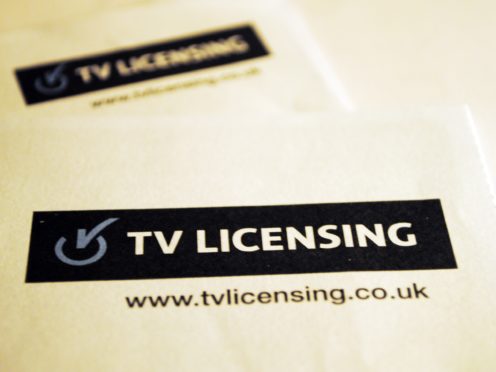This year will see the TV licence undergo many changes, among them a rise in cost and from June this year, free licences for all over-75s will be restricted to those on pension credit.
On Monday it was announced that the cost of the annual licence free will rise from £154.50 to £157.50 from April 1.
Also making headlines is the announcement that the Government will seek the public’s views on whether evasion of the TV licence should be decriminalised.
Ending prospect of a criminal record for TV licence evasion would have huge implications for BBC. It’s time for an open conversation about how we consume and pay for media. What’s needed is a new, sustainable BBC funding model which will protect the most vulnerable in society.
— Julian Knight MP (@julianknight15) February 5, 2020
Announced by Culture Secretary Baroness Morgan, the public consultation will evaluate whether criminal sanctions for the non-payment of the licence fee should be replaced by an alternative enforcement scheme.
With all of the changes afoot, here is a look at the history of the licence fee:
In the 1920s, the government took the decision not to allow the fledgling BBC to fund itself using commercial advertising and instead required people to buy a licence in order to receive their broadcasts.
The first wireless licence was issued in November 1923 for 10 shillings (50p), and by the end of the year 200,000 had been issued.
The number of active licences continued to rise dramatically, and in 1928 there were 2.5 million issued.
The first combined radio and TV licence was issued in 1946 for £2.
A supplementary licence for colour TVs was introduced in 1968.
Black and white TV licences remain available for purchase to this day, and as of the end of September 2019, 6,586 of them were in force.
In 1971, radio-only licences were abolished, along with the requirement to have a licence for car radios.
The BBC was made responsible for administration of the licence fee as a result of the Broadcasting Act 1990, and the broadcaster now sub-contracts out the work.
In 2015, the Government and the BBC reached a settlement which meant that the broadcaster had to find savings of £800 million by 2021/22.
It also saw the broadcaster commit to taking on responsibility for the funding of free licences for the over-75s.
This resulted in the announcement by the BBC that from June this year, the benefit of a free licence fee will be restricted to over-75s who claim pension credit, with the BBC saying it cannot afford to take on the financial burden from the Government.
Following the BBC announcement on the over 75s TV Licence fee, customers over 75 need not take any immediate action. They'll be covered by their free licence until June 2020 and we’ll be writing to everyone affected.
To find out more please visit https://t.co/cQcvYqr0VK pic.twitter.com/amARgOgGah
— TV Licensing News (@tvlicensingnews) June 12, 2019
Today, anyone who watches or records programmes on a TV, computer or other device must own a TV licence – along with anyone who watches or downloads shows on BBC iPlayer.
There were 25,752,560 TV licences in force in the UK in 2018/19, according to TV Licensing.
The figure represented a decrease from 2017/2018 when the number of active licences stood at 25,836,495.
